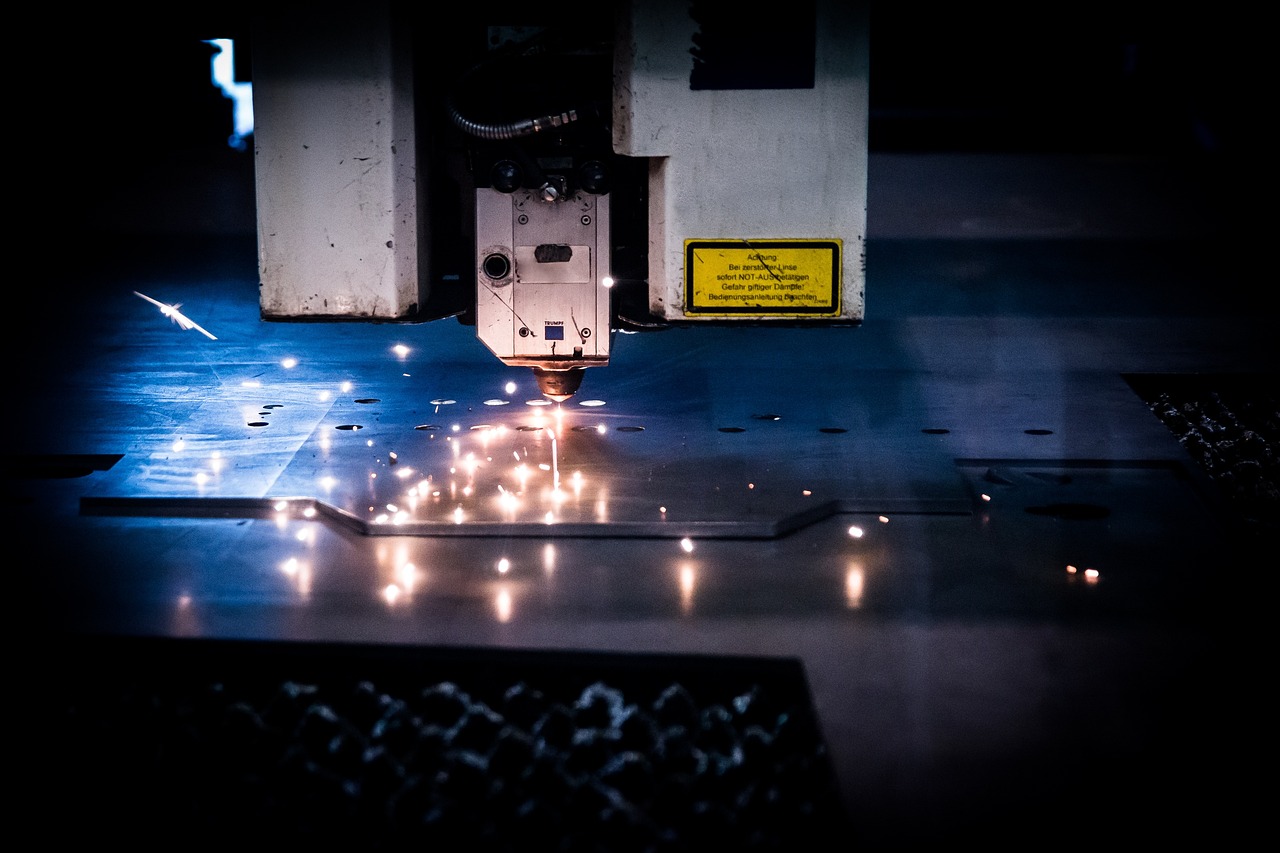PLC Controller Connected to Control Switch
In this article, we will explore the connection between a PLC controller and a control switch. PLCs, or Programmable Logic Controllers, are widely used in industrial automation systems. Their main function is to receive inputs from sensors and other devices, process these inputs according to a predefined program, and then send outputs to actuators and other devices to control the industrial process. Control switches, on the other hand, are used to manually control or override the automatic control provided by the PLC. By connecting the PLC to the control switch, operators can have more flexibility in controlling the industrial process. For example, if there is a problem with the automatic control system, the operator can use the control switch to manually take over control of the process. This can help ensure that the process continues running smoothly even if there are issues with the automatic control system. Additionally, using control switches can also help operators to better understand how the system is functioning and to troubleshoot any problems that may arise.
In industrial automation, the PLC (Programmable Logic Controller) is a crucial component that manages and controls the operations of machines, systems, and processes. One of the essential functions of a PLC is to receive input signals from various sources, process them, and generate output signals to control the operations of other devices. Among these devices, control switches play a significant role in providing manual control over machines or systems.
In this article, we will discuss how to connect a PLC controller to a control switch and what are the considerations for such a connection. We will also provide some guidelines to help you establish a reliable and efficient connection between the two devices.
What is a Control Switch?
A control switch is a manual device that allows operators to control machines or systems from a remote location. It consists of buttons, levers, or other similar devices that can be used to start, stop, or change the operating mode of the machine. Control switches are commonly used in industries like manufacturing, processing, and packaging, where manual intervention is required to operate or monitor machines.

Connecting a PLC Controller to a Control Switch
When connecting a PLC controller to a control switch, you need to ensure that the two devices are compatible and can communicate with each other. Here are some steps to help you establish a successful connection:
1、Identify the Input and Output Signals:
Firstly, you need to determine the input and output signals of the control switch. These signals are either electrical or mechanical in nature and can be used to control the operation of the machine. For example, pressing a button on the control switch might generate an electrical signal that can be processed by the PLC to start or stop the machine.
2、Determine the Connection Type:
Once you have identified the input and output signals, you need to determine the type of connection between the PLC and the control switch. There are several types of connections available, including wired and wireless connections. Wired connections are typically more reliable but require physical cables to be laid between the two devices. Wireless connections, on the other hand, are more flexible but may suffer from interference issues due to other electromagnetic sources.
3、Establish the Connection:
Once you have determined the type of connection, you can establish it between the PLC and the control switch. This process involves connecting cables or configuring wireless settings on both devices. Ensure that the connection is secure and reliable to avoid any issues during operation.
4、Test and Monitor:
Once the connection between the PLC and the control switch is established, you should test it to ensure that it works as expected. This involves pressing buttons on the control switch and monitoring the responses from the PLC. If everything works as expected, you can then monitor the system periodically to ensure that it continues to operate reliably.
Some Guidelines for Connecting a PLC Controller to a Control Switch:
1、Use High-Quality Cables:
If you are using wired connections, ensure that you use high-quality cables that can withstand the environment in which they will be used. Poor-quality cables can cause interference issues or even damage to the equipment they are connecting.
2、Avoid Using Long Cables:
Long cables can also cause interference issues due to electromagnetic fields generated by nearby sources. Whenever possible, use short cables to establish connections between devices.
3、Use Proper Shielding:
If you are using cables that are susceptible to electromagnetic interference, consider using proper shielding techniques to reduce this interference. This might involve using shielded cables or enclosing them in metal tubes.
4、Test for Compatibility:
Before establishing a connection between a PLC controller and a control switch, test them for compatibility. This involves checking whether the input and output signals of both devices are compatible with each other and whether they can communicate successfully when connected together.
In conclusion, connecting a PLC controller to a control switch is essential for manual control over machines or systems in industrial automation applications. By following the steps outlined in this article and adhering to some guidelines, you can establish a reliable and efficient connection between these two devices and ensure smooth operation of your machines or systems for years to come.
Articles related to the knowledge points of this article:
PLC Control of Servo Controllers
PLC Camshaft Controller: A Critical Component in Automotive Engines
PLC Controller Rankings: The Top 10 Leaders in the Industry
Design of Huanggang PLC Controller